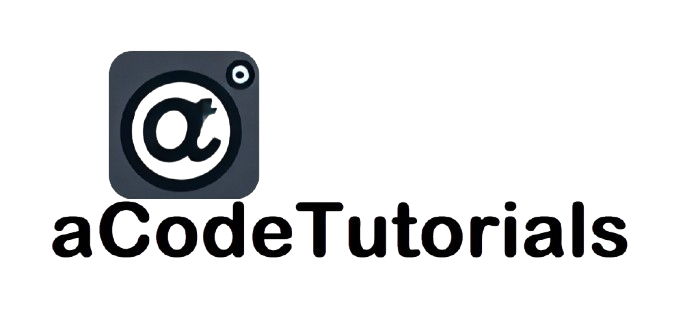Responsive design principles in Bootstrap
Responsive design principles in Bootstrap are centered around creating web layouts that adapt to different screen sizes and devices, ensuring a consistent and user-friendly experience across various platforms. Bootstrap provides a robust set of tools and components that facilitate responsive design by following key principles:
1. Fluid Grid System
Bootstrap’s grid system is based on a 12-column layout that scales fluidly. The columns and rows are designed to resize and re-align depending on the screen size.
- Container Classes: Use
.containerfor fixed-width layouts and.container-fluidfor full-width layouts. - Grid Classes: Use
.rowto create horizontal groups of columns. Use.col-,.col-sm-,.col-md-,.col-lg-, and.col-xl-classes to define column widths at different breakpoints.
Example:
<div class="container">
<div class="row">
<div class="col-md-6">Half width on medium screens and up</div>
<div class="col-md-6">Half width on medium screens and up</div>
</div>
</div>
2. Media Queries
Bootstrap uses CSS media queries to apply different styles based on the viewport size. Media queries help in making the layout responsive by adjusting the design for different devices.
Breakpoints:
- Extra Small (xs):
<576px - Small (sm):
≥576px - Medium (md):
≥768px - Large (lg):
≥992px - Extra Large (xl):
≥1200px - Extra Extra Large (xxl):
≥1400px
Example:
/* Example media query */
@media (min-width: 768px) {
.example-class {
background-color: lightblue;
}
}
3. Responsive Utilities
Bootstrap includes utility classes that help in showing or hiding content based on the screen size. These classes are used to manage visibility and alignment.
Visibility Classes:
.d-nonehides an element..d-sm-blockshows an element on small screens and up.
Example:
<p class="d-none d-md-block">Visible only on medium screens and up</p>
4. Responsive Images
Bootstrap provides classes to make images responsive. By using these classes, images will scale according to their parent container, preventing overflow and ensuring they fit within their containers.
.img-fluid: Makes the image scale with the parent element’s width.
Example:
<img src="example.jpg" class="img-fluid" alt="Responsive Image">
5. Responsive Tables
Bootstrap offers classes to make tables responsive, allowing them to scroll horizontally on smaller screens.
.table-responsive: Wraps tables to make them scrollable on smaller devices.
Example:
<div class="table-responsive">
<table class="table">
<thead>
<tr>
<th>#</th>
<th>Heading</th>
<th>Heading</th>
</tr>
</thead>
<tbody>
<tr>
<td>1</td>
<td>Data</td>
<td>Data</td>
</tr>
</tbody>
</table>
</div>
6. Responsive Typography
Bootstrap provides responsive typography classes to adjust font sizes and line heights for different screen sizes.
- Font size classes:
.fs-1,.fs-2,.fs-3, etc., to adjust font sizes responsively.
Example:
<p class="fs-4">This is responsive typography.</p>
7. Flexbox and Grid Utilities
Bootstrap uses Flexbox and the grid system to create responsive layouts. Flexbox helps align and distribute space among items in a container, while the grid system provides a structure for creating responsive layouts.
- Flexbox Classes:
.d-flex,.justify-content-center,.align-items-start, etc. - Grid Classes:
.row,.col-*,.col-sm-*,.col-md-*, etc.
Example:
<div class="d-flex justify-content-center align-items-center">
<div class="p-3 bg-primary text-white">Centered Content</div>
</div>